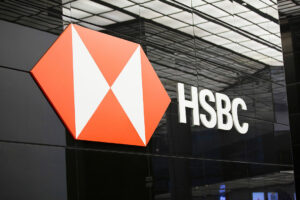HSBC Group’s private bank said it expects Philippine economic growth to slow to 4.8% this year, but still described the growth as “robust” given how difficult it is to match the economy’s year-earlier performance.
The 2022 growth rate of 7.6% had been the highest reading for the indicator since 1976.
“By and large, it’s hard to replicate the very strong growth in the Philippines in 2022. I think this year, things will slow down but I think there will be robustness in Philippine growth, primarily one that’s driven by robust private consumption, investment, and public infrastructure,” HSBC Global Private Banking and Wealth Southeast Asia Chief Investment Officer James Cheo said in an online briefing.
Consumption is expected to slow this year as pent-up demand seen when the economy first reopened is wearing off, he noted.
“I think that the consumption boom that we saw last year will start to fade,” he said.
Mr. Cheo said the economy remains supported by a strong labor market and a boost for tourism due to China’s reopening.
HSBC also said inflation and the peso will stabilize by the end of the year.
Mr. Cheo said the peso is expected to end the year at P54.5 to the dollar, with inflation at 3.5%, falling within the central bank’s 2-4% target range.
“The more that inflation falls it also means consumers have more money in their pockets to spend,” he said.
However, Mr. Cheo noted that Philippine inflation remains high relative to the region and above the central bank’s target, with core inflation also still elevated.
With easing inflation, HSBC expects the Bangko Sentral ng Pilipinas to keep rates steady at its monetary policy meeting on Thursday.
“This is something we will continue to monitor as the central bank is very much data-dependent given how inflation is still quite sticky,” Mr. Cheo said.
Meanwhile, the peso’s stabilization will be driven by the weakening of the dollar, he said.
“The near term really depends on global sentiment, so we might get periods of risk-off (positions) where it gets hard for the peso to outperform,” he said.
Mr. Cheo said the risks to the gross domestic product (GDP) forecast include a weakening in investment, be it foreign direct investment or capital expenditure by domestic companies.
He added that exports could also be a pain point, not just in the Philippines but in Southeast Asia.
“A lot of export trends depend on how much China recovers,” Mr. Cheo said.
HSBC sees China’s economy growing 5.3% this year, up from 3% in 2022. — Aaron Michael C. Sy

